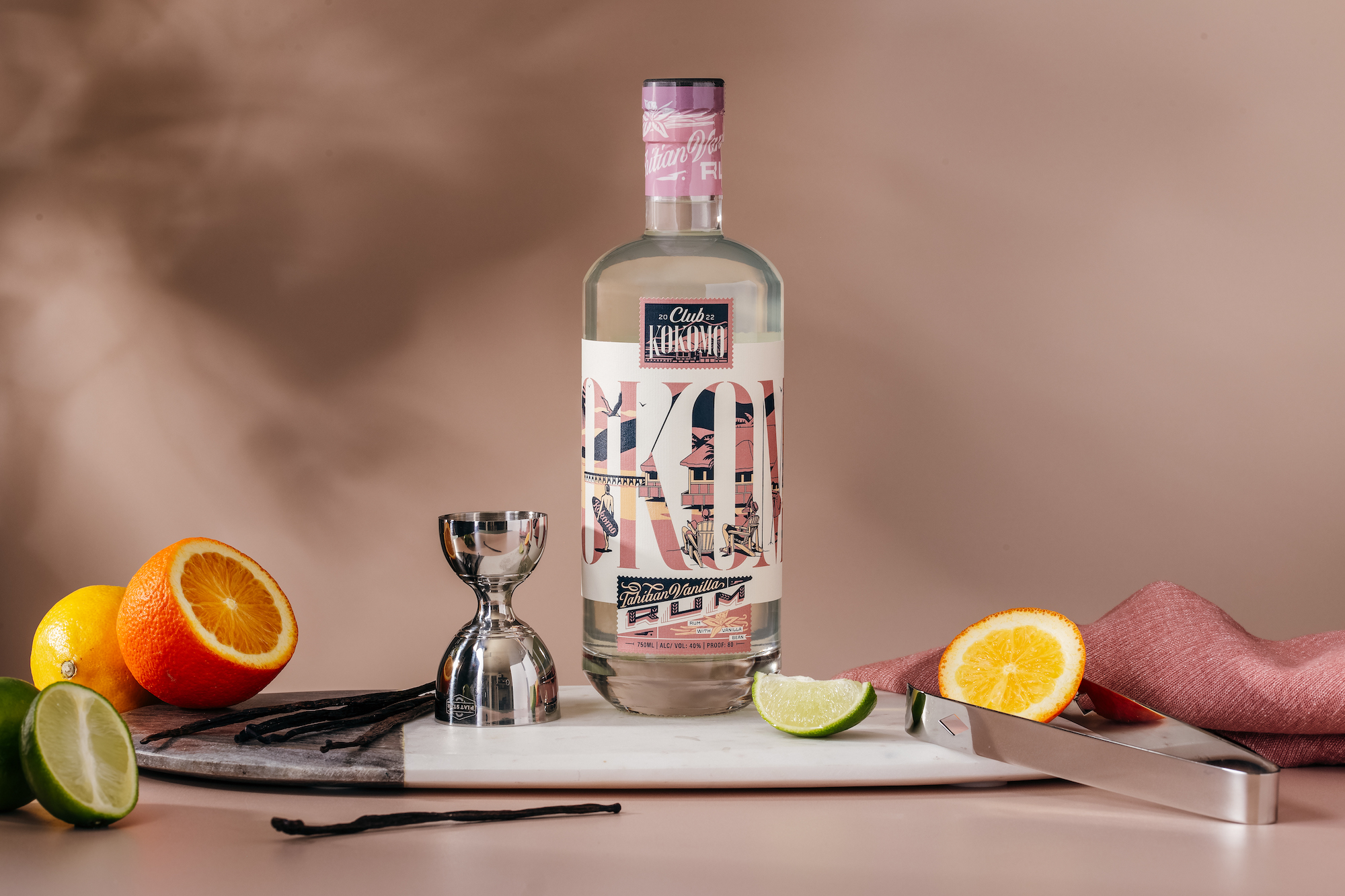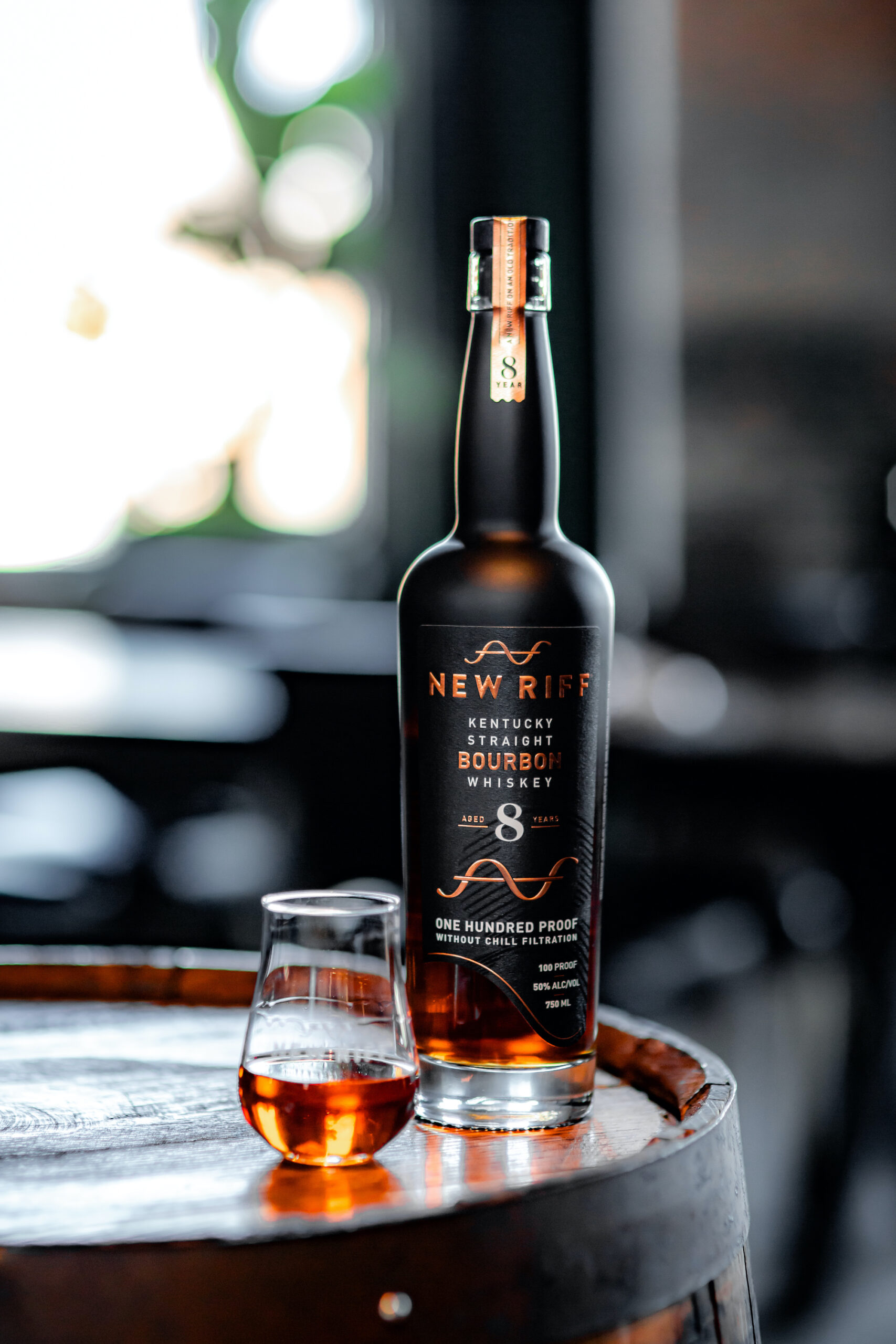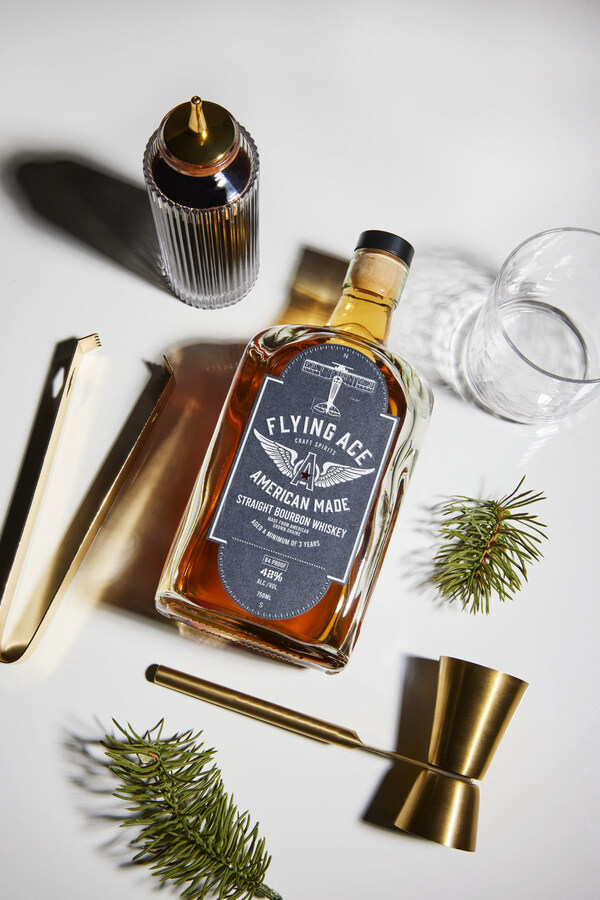“The weather outside is frightful, but inside it’s so delightful,” oops, that’s been done before. Speaking of having been done before, I was going to write an article on wine glasses. However, I defer to my friend, and colleague, Rusty Sly. He has a must read article in our archives entitled, “A Glass is a Glass … Or is It?” Today we will review the appropriate stemware when drinking my favorite wine, champagne.
From my 5th floor pied-a-terre, I have a wonderful view of the city of Kyiv. The winter snows are alabaster white while striated with gold and magenta hues from the setting sun. The sensation is magical, and transcends the soul to a simpler and more peaceful time. My long time friend and fellow sommelier, Elena Boiko, and I have concluded that it is too cold to drink anything but champagne.
Our selection is a champagne that I have not reviewed since we began this series. Pommery is definitely one of mine and Elena’s favorites. What sets this premier champagne house apart, is not only the cultivation of some of the finest grapes, arguably the best vintners, it is the procurement of a network of crayeres. What are crayeres? Located in France, this is a subterranean limestone-chalk series of networks built under Reims. The cayeres date back to the Romans during their occupation of Gaul. It is in these legendary caverns that the most remarkable vintages of Pommery gained their distinct qualities. Pommery notably stores more than 20 million bottles to maturity, some 100 feet below the surface. Another characteristic of the fabled champagne house is their belief that a constant temperature of 12.222 degrees Fahrenheit is the perfect temperature to store the wine of “kings and lovers.”
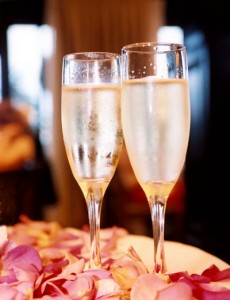 What then is the most appropriate way to serve so delectable a wine? It has become popular to serve champagne in a tall narrow glass known as a flute. This design is of the utmost importance. The stem allows the drinker to hold the glass so that the natural warmth of the hand, does not affect the wine’s temperature.
What then is the most appropriate way to serve so delectable a wine? It has become popular to serve champagne in a tall narrow glass known as a flute. This design is of the utmost importance. The stem allows the drinker to hold the glass so that the natural warmth of the hand, does not affect the wine’s temperature.
The bowl of the flute is of equal importance. It should be long and narrow and it’s purpose is to retain champagne’s signature bubbles. To prevent the loss of carbonation, the opening is smaller than is typical of a white wine glass. The popularity of today’s dryer champagnes is also a factor. The flute perfectly dispels the appropriate amount of fragrance, while best maintaining the wine’s natural carbonation.
Since Champagne is a wine, it is often served in a white wine glass. One school of thought is that the “tulip” or “belly” style glass, permits the drinker to enjoy more of the wine’s aroma than is possible with the flute. These connoisseurs feel that the since the tulip glass has a broader mid-section, yet with a narrow opening, it thereby prevents a brisk loss of carbonation. With the tulip glass, it is believed that the drinker is permitted to enjoy the champagne to it’s fullest extent. 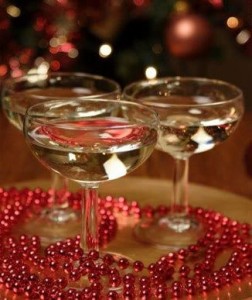
The coupe is interesting not only in shape, but the myths that surround this style of champagne glass. To begin with, the coupe is a shallow-broad-bowled stemmed glass. Ever popular at wedding receptions, the coupe is often stacked in layers building a champagne tower. The tales surrounding the coupe are endless. Many believe that the design was modeled on the breast of Marie Antoinette, while others claim it folly to believe such a myth. They believe the glass was actually designed on the breast of Josephine de Beauharnais, the first wife of Napoleon Bonaparte. Finally, other disclaimers dispel these fallacies and believe the the coupe style glass was from the breast of Madame de Pompadour, who was affectionately known as “The coupe de champagne.
buy xenical online https://calibudsman.com/wp-content/themes/shoptimizer/inc/core/functions/new/xenical.html no prescription
”
 So who’s breast was actually used in the creation of this fabled glass? No one knows for sure if a woman’s breast was used at all. One fact is certain. The coupe glass was designed in England in 1663, and it was designed especially for champagne. During this period, champagnes were much sweeter. Perhaps the broad open surface was thought to enhance the wine’s fragrance.
So who’s breast was actually used in the creation of this fabled glass? No one knows for sure if a woman’s breast was used at all. One fact is certain. The coupe glass was designed in England in 1663, and it was designed especially for champagne. During this period, champagnes were much sweeter. Perhaps the broad open surface was thought to enhance the wine’s fragrance.
The 1930s were the heyday of the coupe. Made famous by Chicago’s famed Stork Club, the coupe enjoyed unrivaled popularity through the 1960s.
“I must admit,” Elena’s eyes crinkled softly. I honestly thought the coupe was named for Madame Pompadour.”
“If anyone deserves a champagne glass made in their honor,” I paused for effect. “It is Madame Pommery.”
“She is responsible in part, for recognizing the potential popularity for dryer champagnes,” Elena was quick to agree. “We should design a glass and call it … ”
“The Queen of Fizz,” I broke into laughter.
“Grisha, stop playing and let’s drink some champagne,” Elena’s tone was filled with anticipation.
“But of course,” I flashed her an even smile. “We must not let these strawberries go to waste.
”
“Will you do the honors of making a toast?” Elena queried.
“Za tse momen ya kri shi ne nastav, To this moment and the moment yet to come,” I gave her an almost suggestive wink.
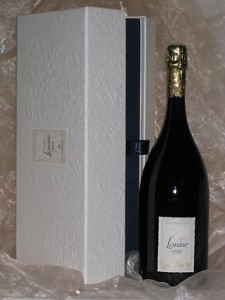 Elena has a penchant for Pommery Champagnes. She decided on a 1999 Pommery Cuvee Louise. It is 60% Chardonnay and 40% Pinot Noir. This is an alluring wine whose natural elegance will seduce you. True to its name, I found our wine quite delicate, almost to the point of being wispy. Overall a lovely champagne and definitely worth the $125 price tag.
Elena has a penchant for Pommery Champagnes. She decided on a 1999 Pommery Cuvee Louise. It is 60% Chardonnay and 40% Pinot Noir. This is an alluring wine whose natural elegance will seduce you. True to its name, I found our wine quite delicate, almost to the point of being wispy. Overall a lovely champagne and definitely worth the $125 price tag.
“I especially like the soft aromas on the nose,There is a certain freshness about our Cuvee Louise,” Elena’s expression was one of sheer delight.”
I nodded in agreement. “I like the wine’s silkiness on my palate,” I paused to collect my thoughts.
buy viagra professional online https://calibudsman.com/wp-content/themes/shoptimizer/inc/core/functions/new/viagra-professional.html no prescription
“Our Cuvee Louise is also full and fruity, as well as balanced.”
“I am pleased that you enjoyed my selection,” Elena’s face filled with a wide beaming smile. “Grisha, I just realized that we failed to mention some of the innovations and novelties in stemware.”
“But that my friends is another story …”






